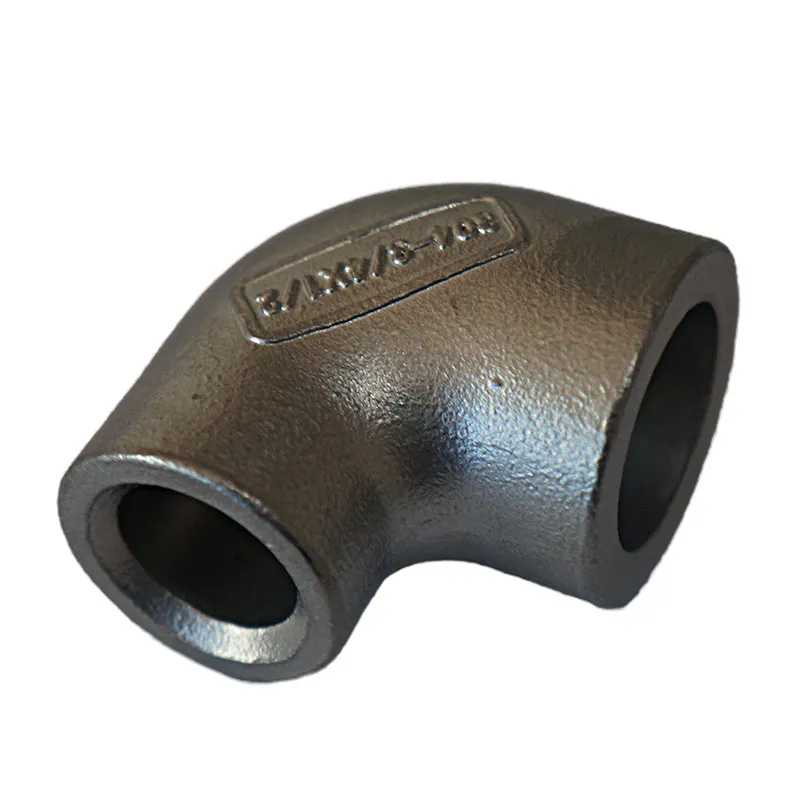sand casting aluminum at home
Sand Casting Aluminum at Home A Comprehensive Guide
Sand casting is one of the oldest and most versatile methods used for metal casting. It allows hobbyists and professionals alike to create high-quality aluminum components at home. This article will guide you through the process of sand casting aluminum, covering materials, equipment, steps, and safety precautions.
Understanding Sand Casting
Sand casting involves creating a mold from sand to hold the molten aluminum, which is then poured into the mold to take shape as it cools. It is a flexible process suitable for both small and large parts, making it an excellent choice for DIY enthusiasts.
Materials and Equipment Needed
1. Sand You'll need casting sand, which is typically a mixture of silica sand, clay, and water. This mixture helps the sand stick together to form a stable mold. 2. Mold Box This can be a simple wooden or metal frame to hold the sand. You can either create a single-part or two-part mold depending on the complexity of your design.
3. Patterns The pattern is a replica of the object you want to create, usually made from wood, plastic, or metal. It should be slightly larger than the final product due to allowances for shrinkage during cooling.
4. Aluminum You can use scrap aluminum or buy aluminum ingots. Always choose clean metal to avoid impurities in your casting.
5. Furnace You'll need a furnace capable of melting aluminum, such as a propane furnace or a DIY furnace using a steel container and a propane torch or electric arc furnace.
Step-by-Step Process
sand casting aluminum at home

1. Prepare the Pattern Create your pattern and apply a release agent (like vegetable oil or petroleum jelly) to its surface to ease the removal from the sand.
2. Make the Mold Fill the mold box with sand, packing it tightly around the pattern. If using a two-part mold, create a parting line and remove the pattern carefully after the mold has set.
3. Molten Aluminum Using your furnace, heat the aluminum to around 1,200°F (660°C) until it is fully melted.
4. Pouring Carefully pour the molten aluminum into the mold cavity. Pour steadily to prevent air bubbles, which can create weaknesses in the finished product.
5. Cooling Allow the aluminum to cool and solidify. This usually takes 20 to 30 minutes, but larger pieces may take longer.
6. Finishing Touches Once cool, break away the sand mold, clean up the casting, and perform any finishing work such as sanding or machining to achieve the desired surface quality.
Safety Precautions
Safety is paramount when sand casting at home. Always wear protective gear, including gloves and safety goggles. Work in a well-ventilated area to avoid inhaling fumes from melting aluminum. Be cautious when handling molten metal, as it can cause severe burns. Ensure your work area is clean and organized to avoid accidents.
Conclusion
Sand casting aluminum at home is an enriching project that can yield excellent results, allowing you to craft custom parts and creations. With the right materials, tools, and precautions, you can delve into the fascinating world of metal casting. Whether you're an experienced metalworker or a beginner, this traditional technique offers endless possibilities and rewards. Embrace the process, learn from any mistakes, and enjoy the satisfaction of creating your very own aluminum castings. Happy casting!
-
OEM Sand Cast Pump Valve Fittings - Hairun Sourcing | Precision Engineering, Industrial EfficiencyNewsJul.13,2025
-
EcoGuard 3000 - Sustainable Agriculture Solution&Soil Health ImprovementNewsJul.13,2025
-
SmartAgri Solutions: Smart Farming Tech | AI Analytics & IoT SensorsNewsJul.13,2025
-
[Product Name]-[Company Name]|Business Efficiency&InnovationNewsJul.13,2025
-
Smart Factory Solutions-Industrial Efficiency|Real-Time Analytics&Automated WorkflowNewsJul.12,2025
-
OEM Sand Cast Pump Valve Fittings - Hairun Sourcing | Durable, Reliable, CustomizedNewsJul.12,2025















